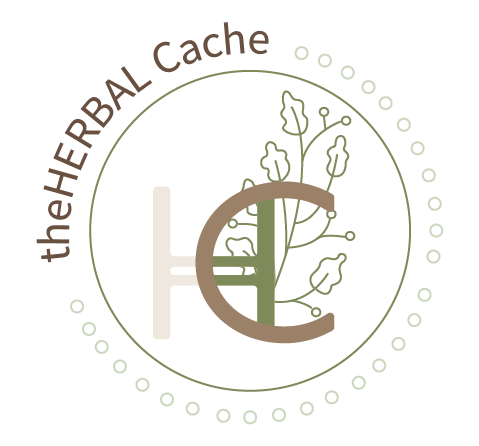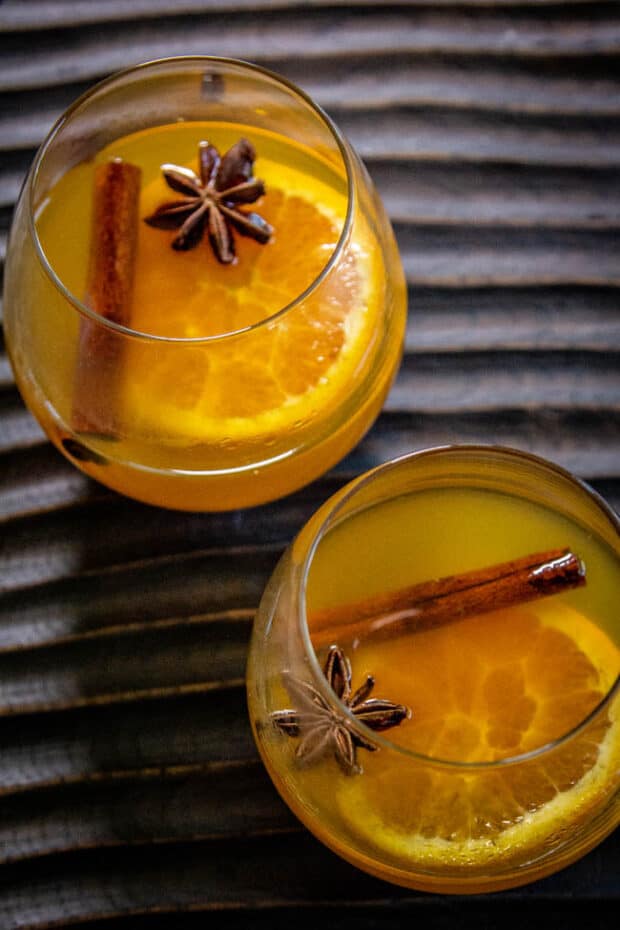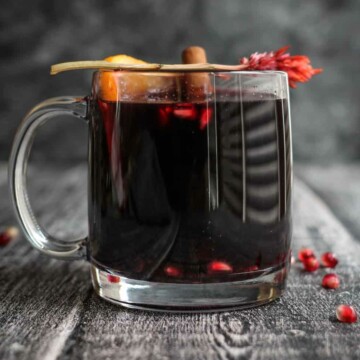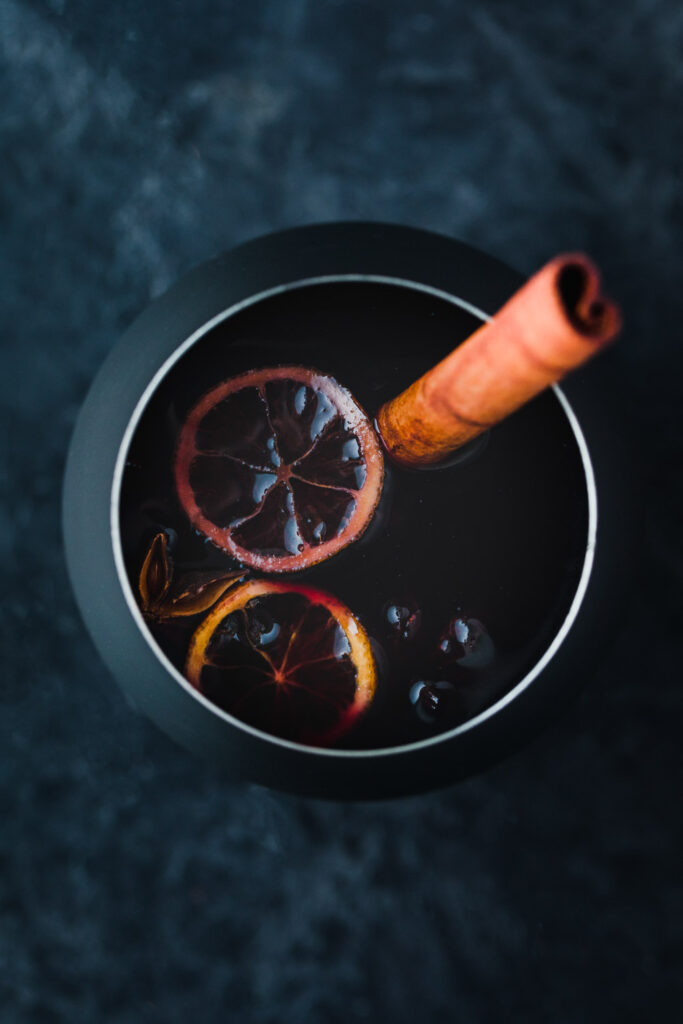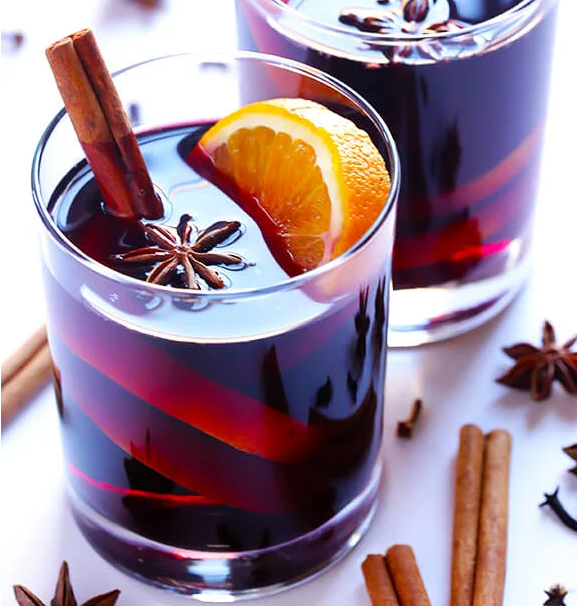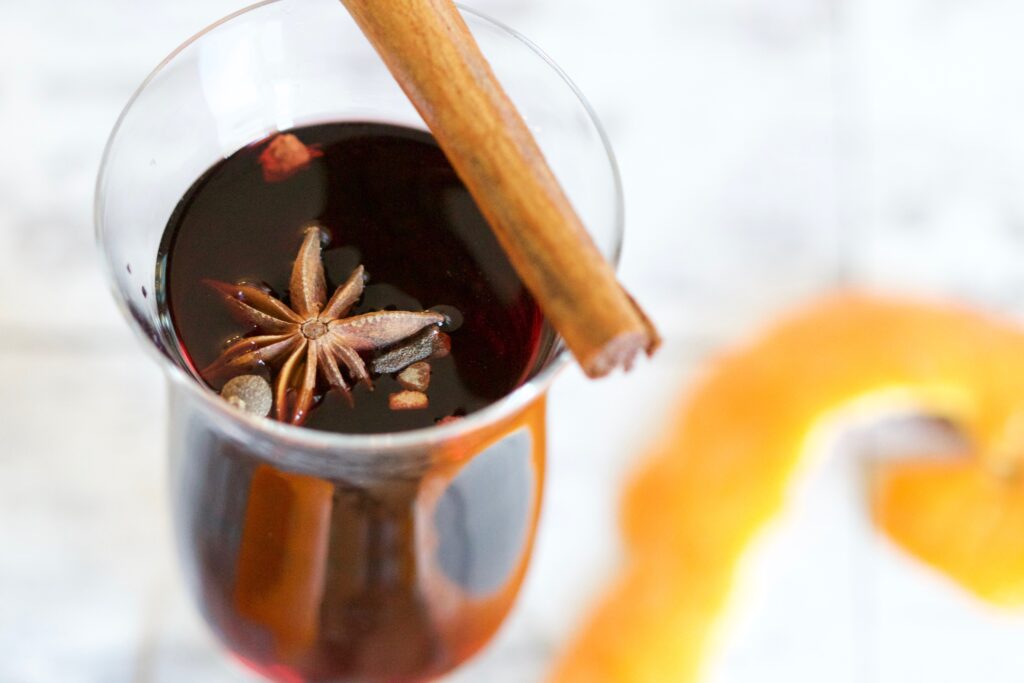
What is Mulled Wine?
The simple definition of what a mulled wine is, is taking red wine, heating it up and adding spices to it.
But as we all know, we like to “spice” things up and create something with a little more pizzaz. And so the creation of a multitude of mulled wine styles begins.
Variations include adding spices, such as cinnamon, cloves, allspice, anise, and nutmeg. Citrus fruits and raisins can also be added to the mixture to enhance its flavor. And don’t forget other liquors, such as brandy, bourbon and beer are added depending on the recipe.
Mulled Wine has many names
- Conditum Paradoxum, the Romans version in 20 AD
- Spicy Wine, from the 12th century in France and Spain
- Vin à la française in 19th century France
- Glühwein in Germany
- Vin Brule in Italy
- Krasomelo in Greece
- Glögg in Sweden and Denmark
- Piwo Grzane in Poland
- Sıcak Sarap in Turkey
And there are many more cultures and countries that have some sort of mulled wine.
The History of Mulled Wine
Mulled wine has a long history, starting back in 20 AD with the Romans.
By the 12th century, forms of mulled wine were very common in parts of Europe, especially in France and Spain. Recipes for this “spicy wine” can be found in written works of the time, like Regiment of Sanitat, written by Arnaud de Villeneuve, a doctor and theologian of the time.
This drink became even more popular in the 13th century, spreading further throughout Europe. The English king, Henry III, was very fond of mulled wine and made sure it was at the table when eating.
As the years went by, mulling was used more as a way to prevent waste of any wine that may have been unpleasant to taste. By adding herbs, spices and fruits, it made the wine more palatable.
Throughout the years, cultures took the recipes and altered them to suit their own taste. By adding different spices, herbs and fruits, they all created unique versions of this winter beverage.
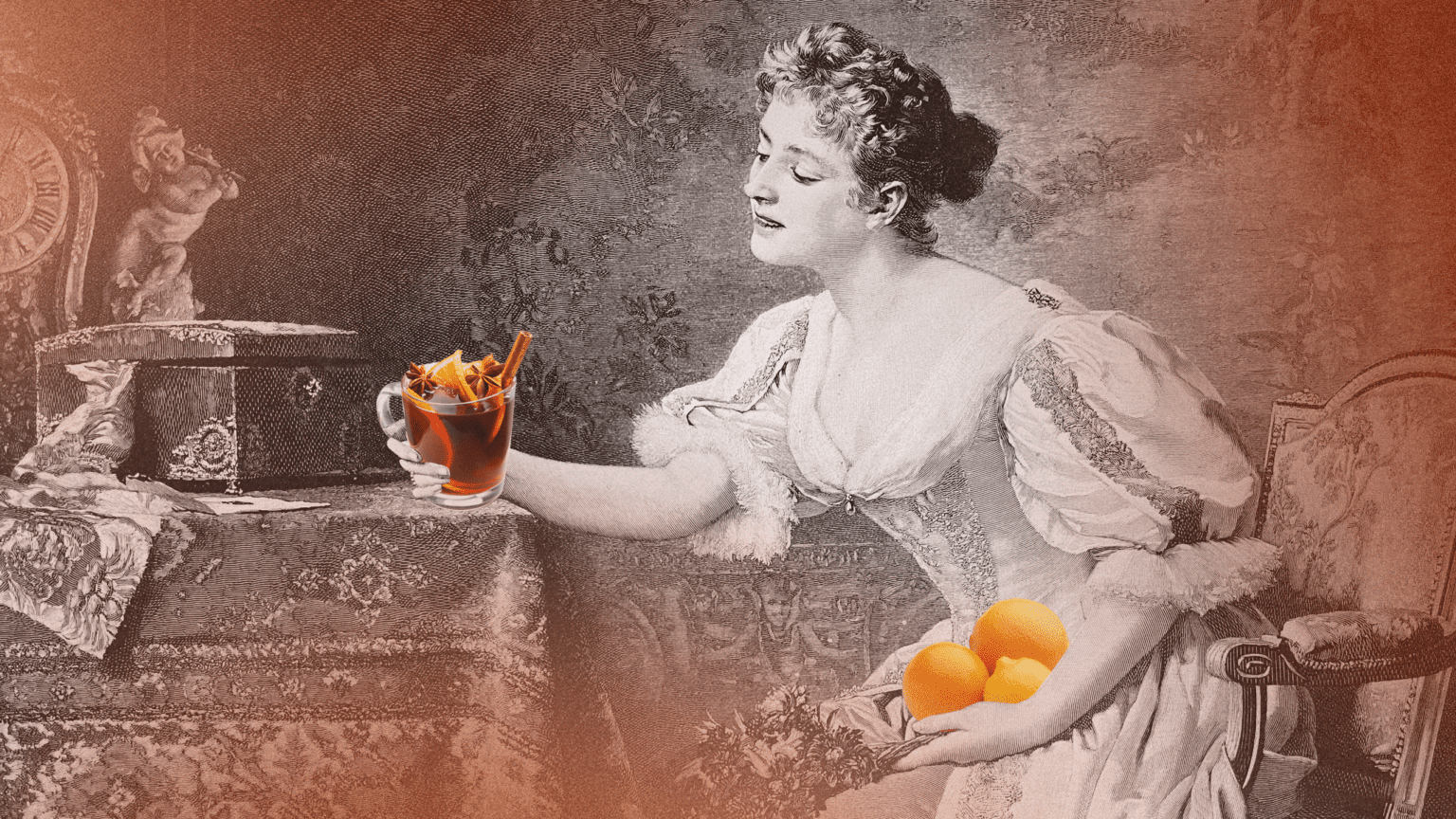
Mulled Wine and its Medicinal Uses
In the Middle Ages, people viewed mulled wine as almost medicinal. They believed that the added spices made them healthier. They weren’t exactly wrong. And, alcohol was at times safer than the water that was readily available to those that lived in cities, especially during the Black Death.
Ancient Greece used spiced wine as a medicinal tonic for warming the body. The Greeks called this elixir hippocras, after Hippocrates of Kos, the physician known as the “father of medicine”.
When taking a dive into the ingredients, one can see how mulled wine is a form of medicine and the health benefits it can provide.
Red wine offers many health benefits. It supports cardiovascular health and helps fight inflammation. Because it contains resveratrol, it can help sharpen your mind and fights off free radicals. Red wine may also help to improve your mood.
A study, conducted at Curtin University in Australia, found that regular consumption of red wine reduced the risk of developing cardiovascular disease by lowering LDL cholesterol levels in postmenopausal women by 8 percent and increased HDL cholesterol levels by 17 percent.
When used as a sweetner, honey has many benefits. It is a natural antibiotic and helps to activate the medicinal properties of the other herbs and spices.
Cinnamon brings warmth into the digestive organs and extremities. It also helps to lowers blood sugar levels and helps remove digestive parasites.
Orange peel, which is high in vitamin C, can improve our immune system. You can learn more about the health benefits of orange in my blog post 21 Reasons to Get Orange Peel Into Your Diet.
Cloves are anti-parasitic and help remove worms from the gut and improve circulation. But don’t add too many or you will numb your taste buds.
Cardamom brings strength to the digestive tract.
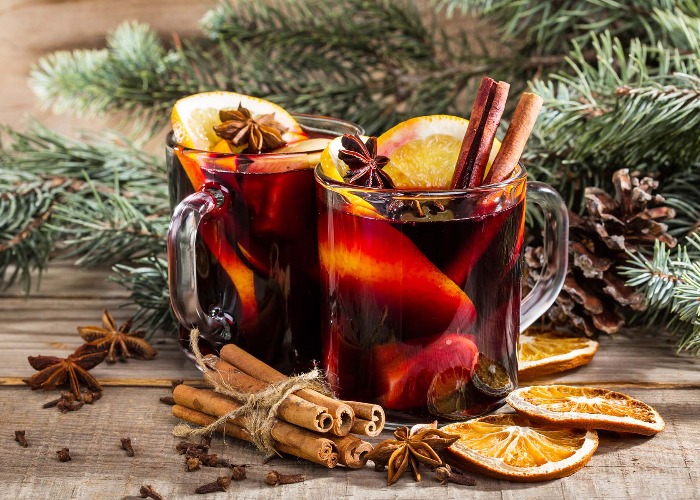
Mulled Wine and Christmas
So why is mulled wine such a popular drink during the holidays and at Christmas?
This tradition appeared in the 1890’s, when outside German markets offered this warming beverage to their shoppers. Within a few years, it became a contest as to who could create the best tasting mulled wine in the market.
Charles Dickens, the writer, included a passage which mentioned Smoking Bishop, a popular mulled wine of the day, in his classic A Christmas Carol.
And what do you eat with mulled wine? There is nothing better to serve it with than shortbread, speculoos, or a cinnamon or almond cake.
Even though this is considered a holiday drink, Mulled Wine Day is celebrated on March 3.
Ingredients for Mulled Wine
There are a lot of variations when it comes to the recipes and ingredients for mulled wine. But here is a list of the most common items needed in making this beverage.
- Wine – red is most commonly used, but white wine also makes a good mulled wine (see recipe for Pumpkin Spice Mulled White Wine below).
- Sweetner – any form of sugar can be used, as well as honey.
- Spices and Herbs – cinnamon, star anise, cloves, ginger, nutmeg, pepper and cardamom pods are the most commonly used. Some people even like to add vanilla for an extra flavor.
- Fruit – typically recipes call for citrus fruits like oranges, lemons, and limes. However, fruits like apples, raisins and pears are sometimes used as well.
- Other liquors – one can also add brandy, vodka, orange liqueur, cognac, bourbon or beer.
Recipes for Mulled Wine
There is no shortage of recipes for mulled wine. Just Google it and see how many pages of recipes pop up. It’s really no surprise since this beverage has been around for centuries.
Once you start looking, you’ll be amazed at the variety of recipes that are out there. What is even more amazing is that once you know how to do it, you can start creating your own versions of mulled wine. There really is no wrong way.
To get you started, I put in a few links to some tasty mulled wines below. Once you try one, let me know what you think in the comments below.
CHEERS!
